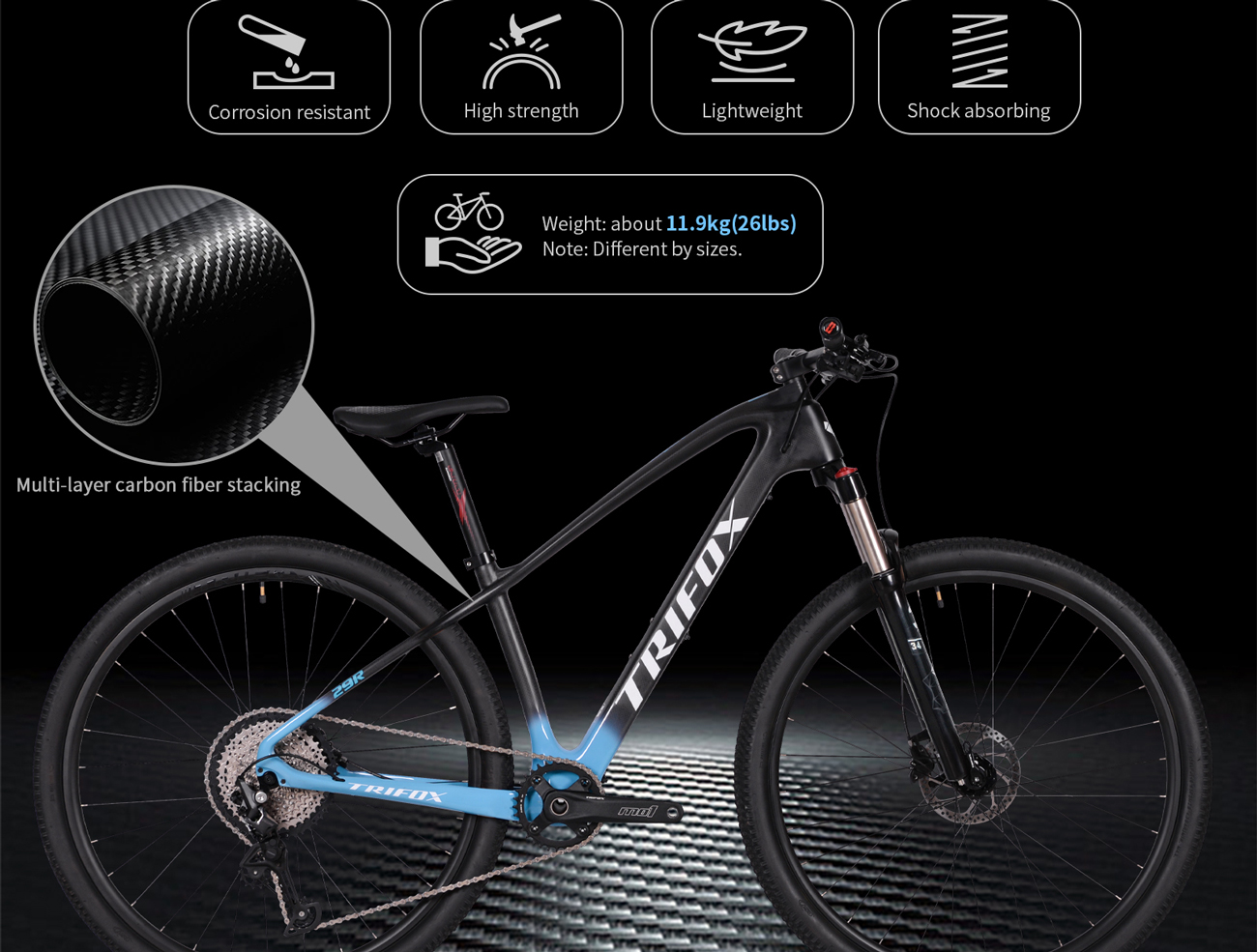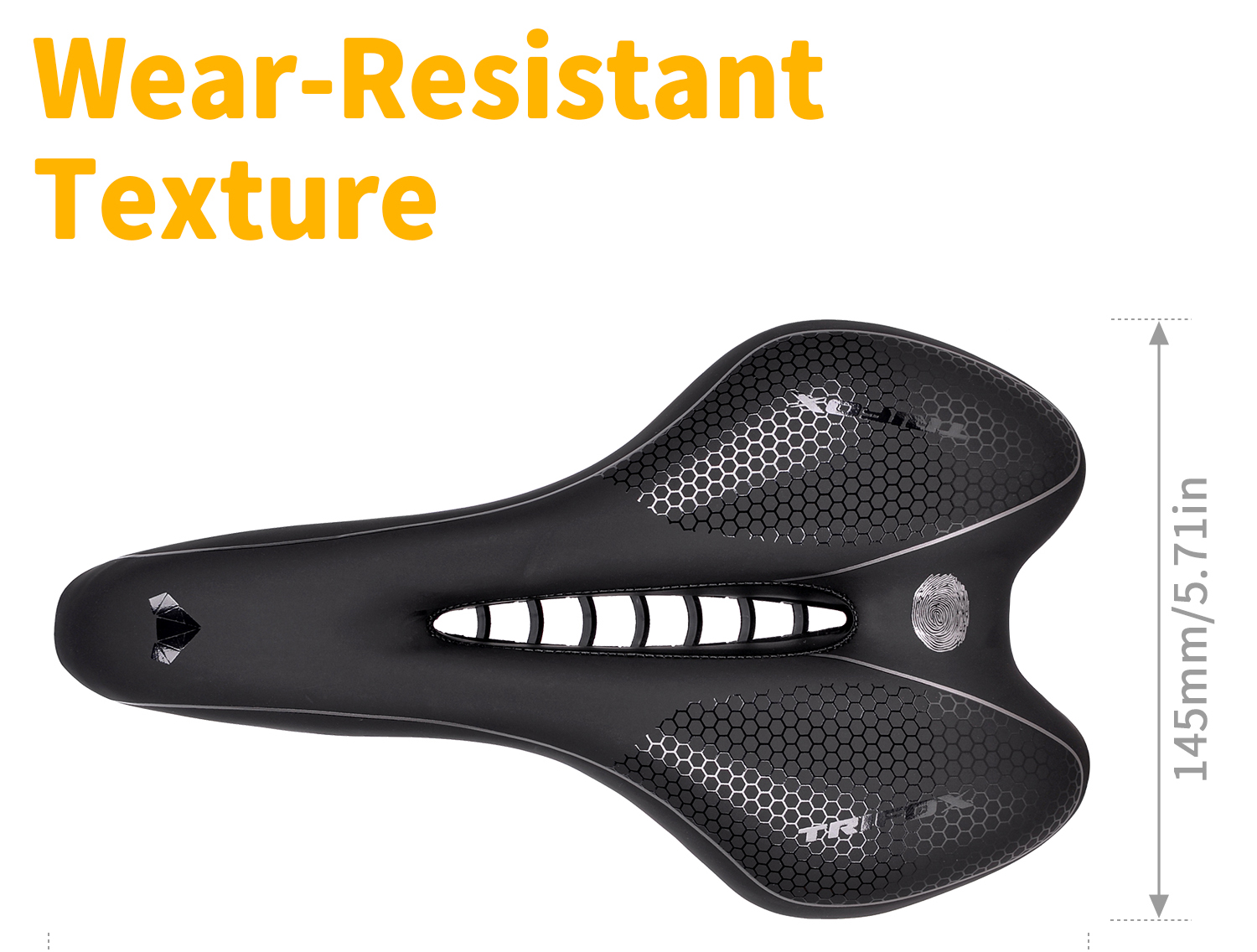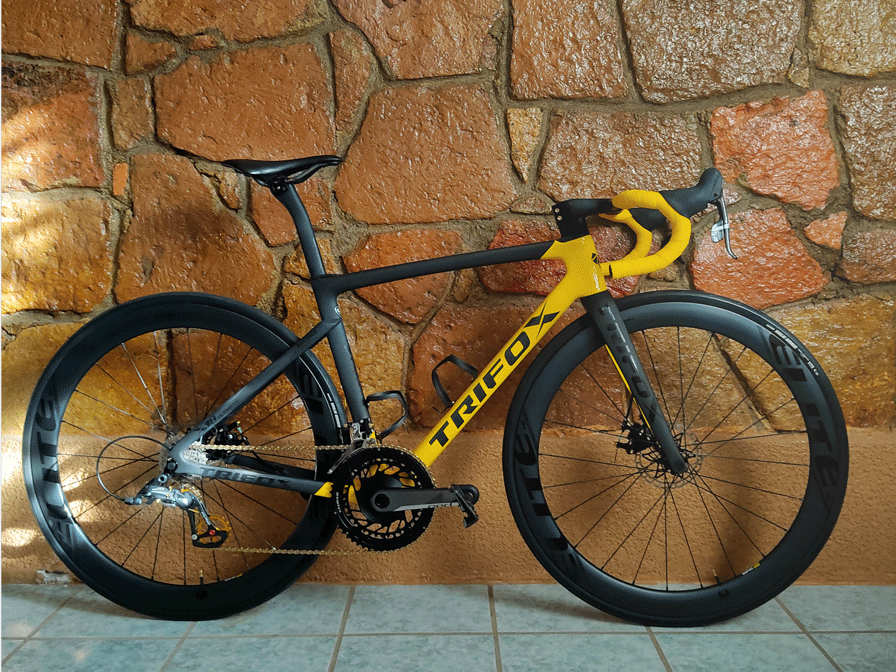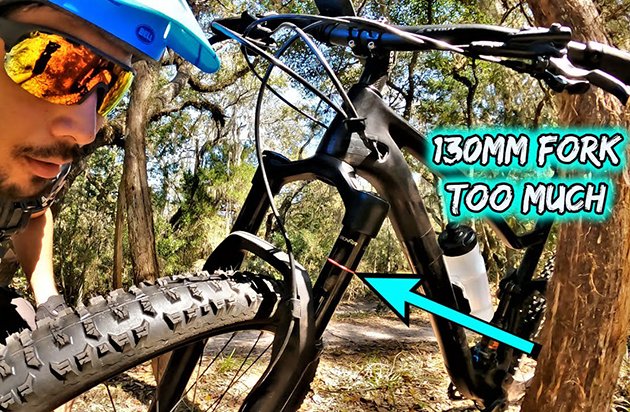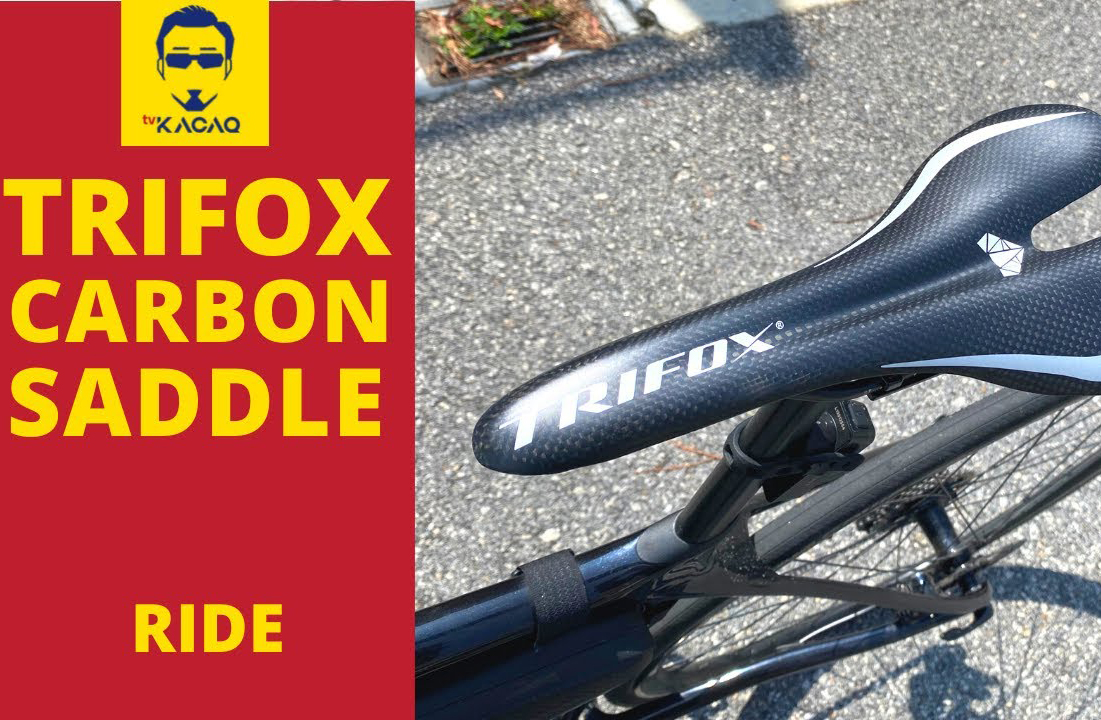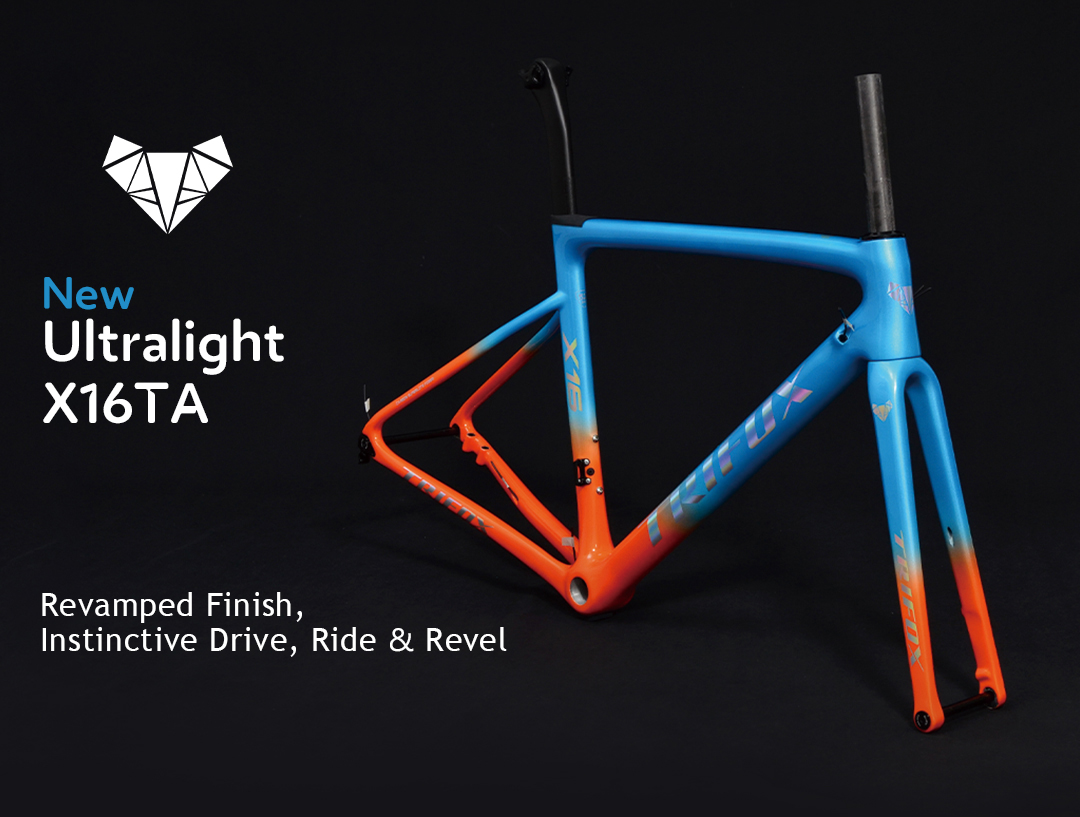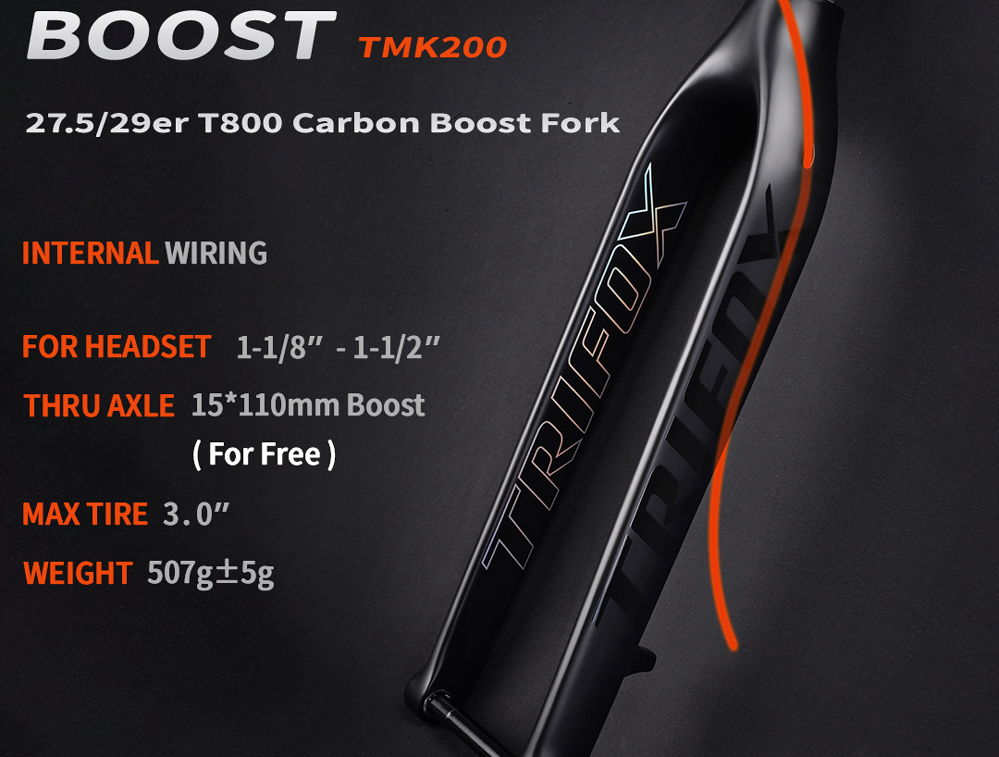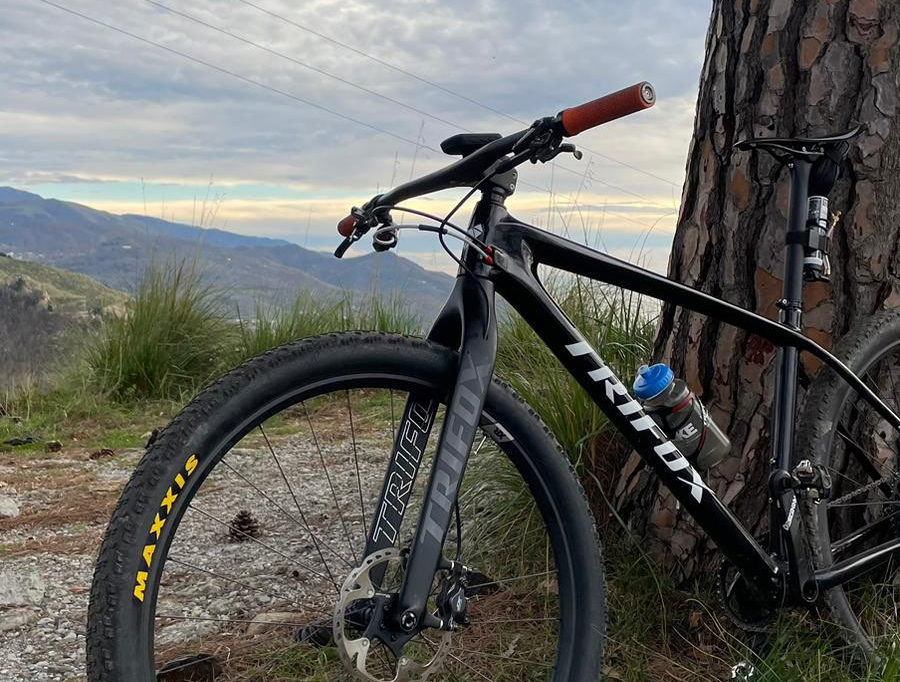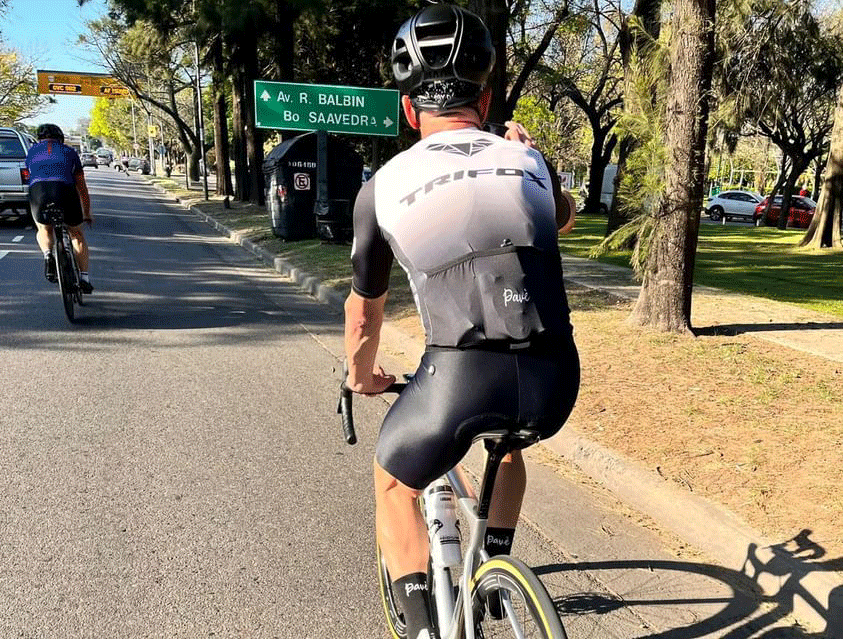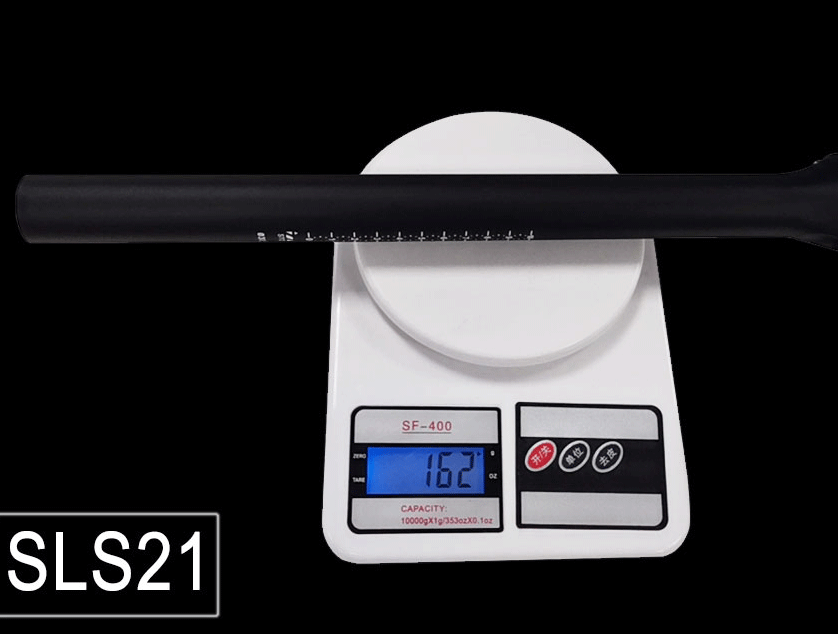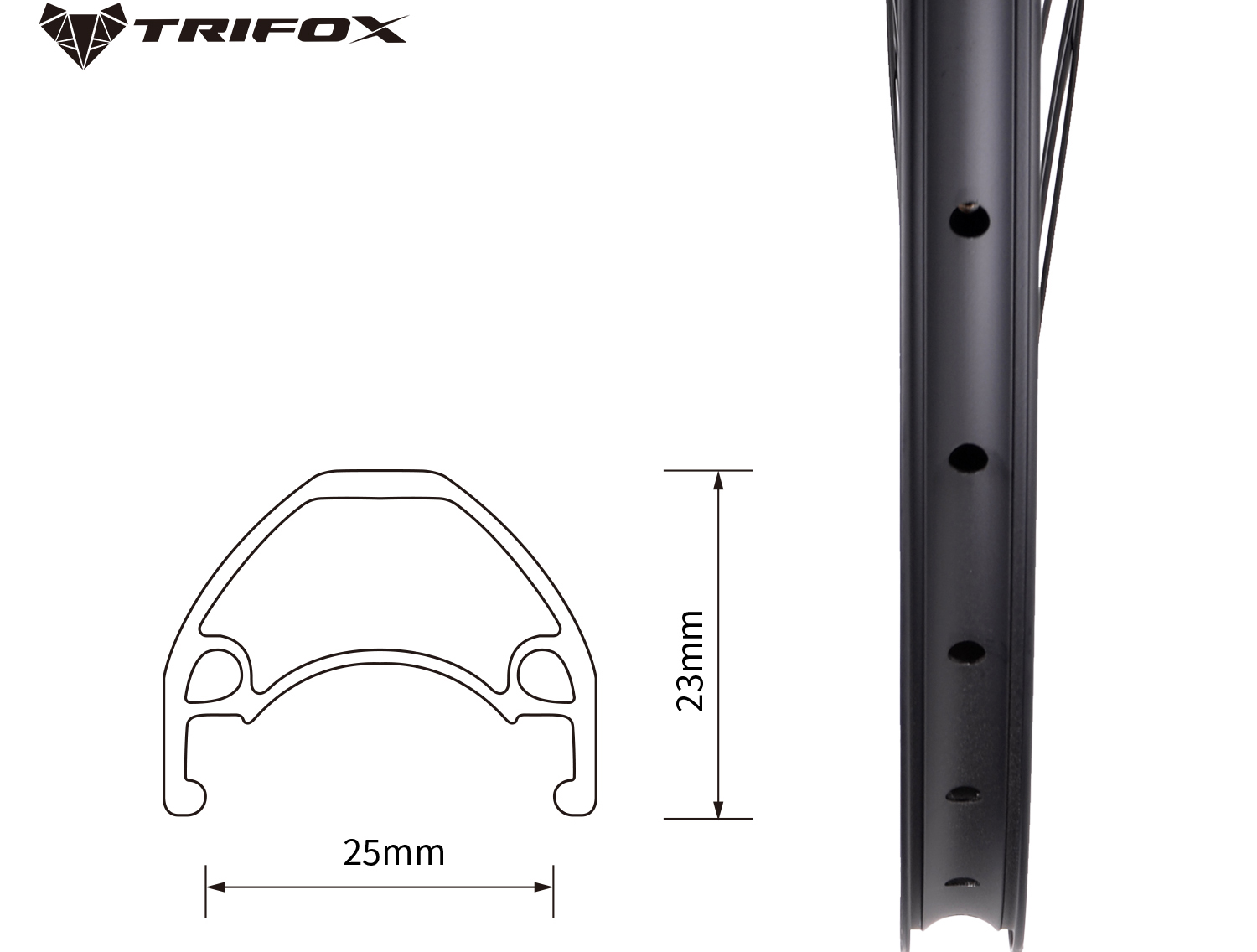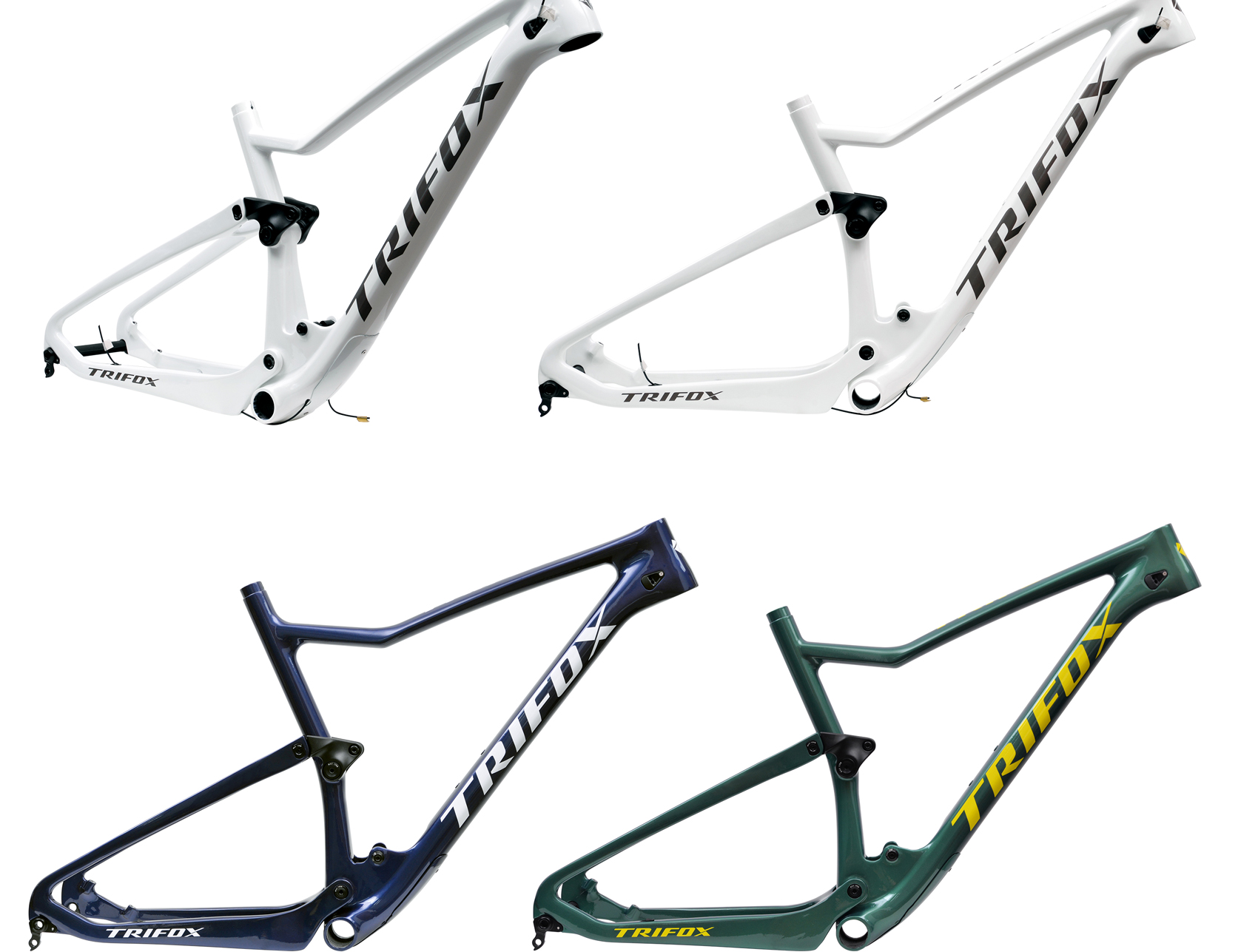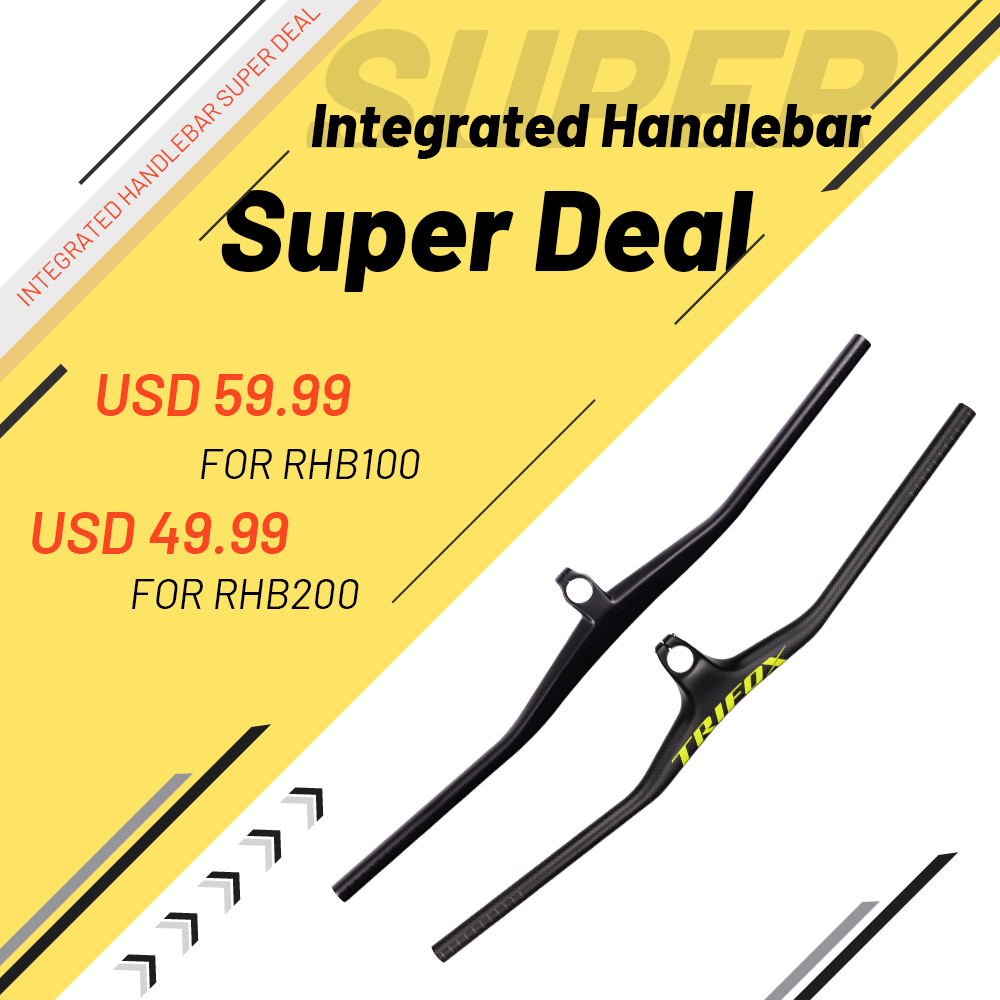So, you're eyeing a new road bike and see terms like "aero" and "lightweight" thrown around. What's the real difference, especially when looking at frames like the Trifox X8 Aero Carbon Frame? Let's break it down
The Core Mission:
Normal (Often Called "Lightweight" or "Climbing") Bikes: Prioritize low weight and stiffness for efficient power transfer, especially uphill. Think rounder, traditional tube shapes.
Aero Bikes: Prioritize reducing aerodynamic drag to make you faster on flats and descents, where wind resistance is the biggest enemy. Think sleek, shaped tubes designed to slice through the air.
Key Differences:
1. Frame Shape & Tubing:
- Aero: Features truncated airfoil (Kammtail) shapes for tubes (down tube, seat tube, seatpost, fork blades, head tube). These mimic an airfoil's profile but with a flat back for structural integrity and UCI compliance. The Trifox X8 exemplifies this with its wind-cheating tube profiles.
- Normal: Uses more rounded, oval, or traditional diamond-shaped tubes focused on strength-to-weight ratio, not necessarily aerodynamics.
2. Integration is Key (Aero):
- Aero: Maximizes "system" integration. Cables/hoses run internally through the frame and handlebars/stem (often a one-piece bar/stem) to eliminate drag-inducing external routing. Frames may have specific brake mounts (like the X8's hidden V-brake mounts) to tuck them away from the wind. Wheels are deeper-section.
- Normal: Often features external or semi-internal cable routing. Components are less integrated for easier serviceability and lighter weight. Wheels are usually shallower.
3. Weight vs. Aero Trade-Off:
- Aero: Generally slightly heavier due to the shaped, often larger, tubing and added integration features. The focus is on saving watts from drag, not grams from the scale.
- Normal: Prioritizes minimal weight, making them feel more responsive on steep climbs. Every gram saved helps against gravity.
4. Ride Feel (Often Subtle):
- Aero: Can feel incredibly stable and planted at high speeds, especially in crosswinds (though deep wheels affect this more). Stiffness is high, often vertically stiffer than lightweight bikes.
- Normal: Often prioritize a touch more vertical compliance (comfort) over pure aero stiffness, feeling livelier on climbs and rougher roads. Generally more agile at very low speeds.
Which One is Right For You?
- Choose an Aero Bike (like the Trifox X8) if: You race, do fast group rides, time trials, or ride mostly on flat to rolling terrain where maintaining high speed is key. You want every possible aerodynamic advantage and love the integrated, futuristic look. The X8's carbon construction balances aero gains with weight savings.
- Choose a Normal/Lightweight Bike if: You tackle massive mountains regularly, prioritize the lightest possible feel, value maximum comfort on long rides, or prefer simpler maintenance. They excel where watts saved climbing outweigh watts saved from drag.
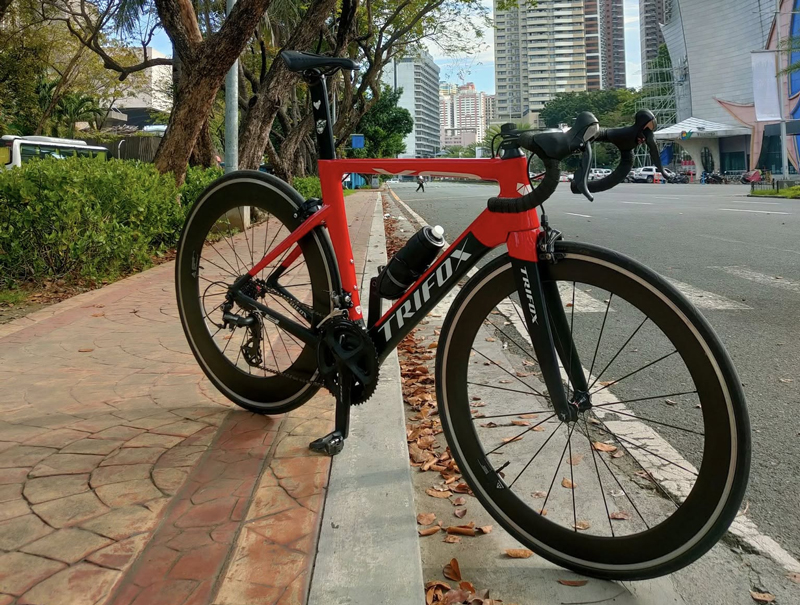
It's not about one being "better," but about optimization. An aero bike like the Trifox X8 Carbon Frame sacrifices a few grams for significant aerodynamic gains where speed matters most. A lightweight bike sacrifices aero efficiency for minimal weight where climbing reigns supreme. Many modern bikes blend these qualities, but understanding their core focus helps you pick the perfect weapon for your riding battles.






























































